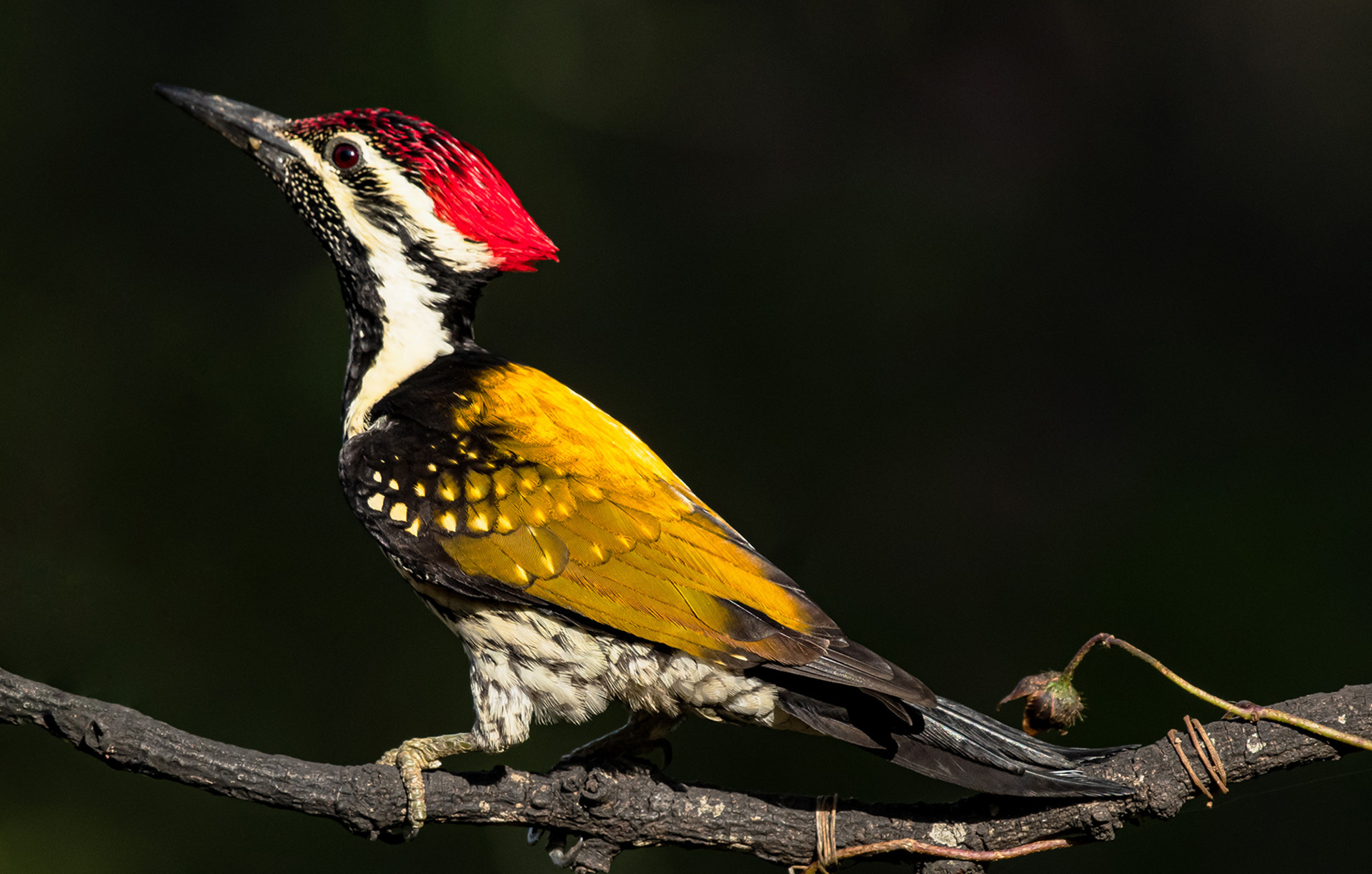Treasures Hidden in Plain Sight
Published on: 20/03/2024
Published on: 20/03/2024

Photo title: Black-rumped Flameback
|Photo Credits: Gowri Subramanya

Photo title: Black-rumped Flameback
|Photo Credits: Gowri Subramanya

Lorem ipsum dolor sit amet, consectetur adipiscing elit, sed do eiusmod tempor incididunt ut labore et dolore magna aliqua.Quis ipsum

Lorem ipsum dolor sit amet, consectetur adipiscing elit, maecenas accusman lacus vel facilisis

Gowri Subramanya is an editor and learning consultant based in Bengaluru, India. Writing and photography are her chosen tools of creative expression and the wilderness is her muse. A keen observer of the interaction between nature and culture, she loves to explore the history as well as the natural history of new places during her travels. With a soft spot for bird songs and a weakness for flowers, she indulges in a healthy dose of tree gazing every morning.

STORY TITLE GOES HERE

STORY TITLE GOES HERE
The Cup That Cheers: The Changing Taste of Coffee
From the Kitchens of Evolve Back – Vazhachundum Thoran
From the Kitchens of Evolve Back – Mezze Platter
From the Kitchens of Evolve Back – Grilled Pork Ribs
From the Kitchens of Evolve Back – Pazham Puzhungiyathu
From the Kitchens of Evolve Back – Peppercorn chocolate mousse
From the Kitchens of Evolve Back – Kabsah Laham Bis
From the Kitchens of Evolve Back – Vazhakanda Thoran
From the Kitchens of Evolve Back – Banana Bajji
From the Kitchens of Evolve Back – Pazham pori
From the Kitchens of Evolve Back – Joojeh – e – Koobideh
From the Kitchens of Evolve Back – Vegetable Kurma
From the Kitchens of Evolve Back – Pandi Curry
From the Kitchens of Evolve Back – Kerala Fish Curry
Nalknad Palace – off the beaten track in Coorg
Designing the Sidapur Coffee and Culture Museum
Chikka Veerarajendra of Coorg and his Thirteen Wives
The Architecture of Ainmanes: Form follows Function
Kodava Ainmanes – the heart of the Kodava Clan